Re-introducing extinct natives in my area
the_virginian
15 years ago
Featured Answer
Sort by:Oldest
Comments (58)
Lynda Waldrep
5 years agodbarron
5 years agoRelated Discussions
As we get more members, how about re-introducing ourselves?
Comments (86)I'm Ania from Southern CA. I live with my boyfriend and 2 of our own little terrier dogs (also known as terrors) and a third foster terrier. We just purchased a house a year ago so this is my second year gardening. Until we bought the house, I was one of those people that would kill every plant that was in my care. I'm trying to change that and I have several houseplants that have lived a year for me now. For me, that's good. I did some landscaping on the property last year and well, let's just say I did it again this year with plants that would actually work for the area. They are working so far. I grew a few things in pots last year with limited success. I started really late a got a just a few tomatos from 3 plants that got attacked by hornworms, some Jalapeno's and Cubanelles and some Okra. My herbs did well and I had a lot of basil and still have pineapple sage and mint from last year. I tried, unsuccessfully to grow eggplant as well. This year, I decided to actually learn how to garden and here I am. This year I'm growing 8 varieties of tomatoes, several varieties of peppers, a couple of eggplants, tomatillos, several squash and zucchini, green onions, lima beans, and a few other things all in containers. I am also just now sprouting chard and amaranth. I also have a lot of herbs growing. I made some big mistakes to start with and got a late start on some things but all is going fairly well. I'm really glad to have found this place so I can learn and maybe I can know what I'm doing with this gardening stuff one day. Ania...See MoreRE: Anyone growing native species roses? Continued
Comments (150)I had read the comments from the Tea Bag ladies, but will go back to one of the first questions I asked about 'Francis Dubreuil', when this thread first began to drift from its original topic: Was the original 'Francis Dubreuil' a "true Tea", or was he a "Hybrid Tea"? Or was he that other thing, a "Tea hybrid"? The earliest descriptions of FD say his color was a dark red with pink or cerise or amaranth highlights. My assumption is that 'FD' was darker than other red Teas, but would not have looked terribly out of place hanging out with other reds such as 'Gen Gallieni', 'M. Tillier', 'Souv. de David d'Angers', 'Mlle Christine de Nouë', ''Corallina', 'Safrano a Fleurs Rouges', 'Princesse de Sagan', 'Bardou Job' and- of course- 'Souv de Therese Levet'. Here's a 1901 review from a German rose reviewer about Francis: "Francis Dubreuil (Dubreuil 1895) is not only one of the most excellent red Tea roses but also one of the best Tea roses of all. The flower is in fact only of medium size, and sometimes even small, but keeps extremely well. It lasts In bud form for a very long time, and is then at its most beautiful. The growth is vigorous and the crown is well branched. What I like most about this rose, is its capacity to produce solitary flowers on long, upright stems, I do not like roses in flower umbels (in clusters). Its floriferousness (flowering period) is very long, it lasts right up to the frosts." That mention of "solitary flowers on long, upright stems" makes me think we might find some HP ancestry in Francis' background, no? And it accords well with other early mentions of FD having "diffuse growth"... Here's an early discrepancy, though; the review above says 'FD' "lasts in bud form for a very long time, and is then at its most beautiful". Contrast that with an earlier British review- Francis "is described as full flower of a fine form, opening very readily, perhaps too much so"... So if Francis was dark red and had diffuse growth, he seems to be quacking like an early HT, and not a "pure Tea"? Was he classified as a Tea because of his fragrance? According to Guillot, 'FD' is descended from 'Souv de David d'Angers' (described as "deliciously fragrant" in 1864) who is in turn descended from 'Caroline', the Tea that may be synonymous with 'Bermuda Spice'. Some early reviews of 'FD' say he is fragrant, most say nothing, and at least one reviewer says "not fragrant". This assortment of varying opinions shouldn't be surprising, given humans' different capacities for smell, and given the way odors can vary according to temperature, time of day, etc. The scent of Tea roses seems to be especially elusive, and elicits a confusion of descriptions, so I'm inclined to believe that the original Francis probably had a Tea scent and was fragrant to some people and not to others. However, I think it's also possible that if there were an early confusion with at least one grower offering a different rose as 'Francis D', the differences in opinion about form and fragrance could stem from an early switcheroo. Just because there was a later mix-up with 'Barcelona' doesn't mean there wasn't also an earlier mix-up somewheres down the line. And if there were an earlier misidentification, this early imposter might be the rose that was later sent from Sangerhausen to Oz in 1981? Another question I have relates to size. The Tea rose grown by Mr Knight just outside of Sydney was a large rose bush. The roses grown in the U.S. and Oz as FD today both seem to be more compact and HT-like (although the Aussie plant that hails from Sangerhausen seems to have a earlier HT look than 'Barcelona' does?) I'm trying to get things straight in my own head, so if I'm off-course in my suppositions, please get me back on track. Virginia...See MoreWinter readings - Extinct and near-extinct
Comments (2)Great article! Thanks, Warren, for providing some good reading to get us by until spring. Hey, why is my User name all of sudden in lower case instead of EvanTN as usual? Oh well....See More(Re)introduce myself & need opinions on two-stage remodel
Comments (2)marie, I would def have the rough-in work for the island done now. Since you have access through the basement (is it finished?) you can just leave the capped runs waiting in the joist space below your future island. Welcome back! Sandy...See MoreUser
5 years agolast modified: 5 years agomaifleur01
5 years agolast modified: 5 years agoJay 6a Chicago
5 years agoUser
5 years agolast modified: 5 years agoGardenDude
5 years agoUser
5 years agoJay 6a Chicago
5 years agoLynda Waldrep
5 years agomaifleur01
5 years agoJay 6a Chicago
5 years agoWoodsTea 6a MO
5 years agoJay 6a Chicago
5 years agolast modified: 5 years agoUser
5 years agoWoodsTea 6a MO
5 years agolast modified: 5 years agoJay 6a Chicago
5 years agoSkip1909
5 years agolast modified: 5 years agoGardenDude
5 years agolast modified: 5 years agoJay 6a Chicago
5 years agoUser
5 years agolast modified: 5 years agowantonamara Z8 CenTex
5 years agoUser
5 years agolast modified: 5 years agoJay 6a Chicago
5 years agoUser
5 years agolast modified: 5 years agoJay 6a Chicago
5 years agolast modified: 5 years agoUser
5 years agowantonamara Z8 CenTex
5 years agolast modified: 5 years agoJay 6a Chicago
5 years agoUser
5 years agolast modified: 5 years agowantonamara Z8 CenTex
5 years agolast modified: 5 years agoJay 6a Chicago
5 years agolast modified: 5 years agoUser
5 years agolast modified: 5 years agoJay 6a Chicago
5 years agolast modified: 5 years agoUser
5 years agowantonamara Z8 CenTex
5 years agolast modified: 5 years agoUser
5 years agolast modified: 5 years agowantonamara Z8 CenTex
5 years agolast modified: 5 years agoUser
5 years agoJay 6a Chicago
5 years agolast modified: 5 years agoJay 6a Chicago
5 years agolast modified: 5 years agoSkip1909
5 years agolast modified: 5 years agowantonamara Z8 CenTex
5 years agoWoodsTea 6a MO
5 years agoUser
5 years agolast modified: 5 years agoJay 6a Chicago
5 years agolast modified: 5 years agoUser
5 years agoJay 6a Chicago
5 years agolast modified: 5 years agoJay 6a Chicago
5 years agolast modified: 5 years ago
Related Stories

BASEMENTSDesign Workshop: Is It Time to Let Basements Become Extinct?
Costly and often unnecessary, basements may become obsolete — if they aren’t already. Here are responses to every reason to keep them around
Full Story
GROUND COVERSNative Alternatives to English Ivy, Japanese Pachysandra and Periwinkle
These shade-loving ground covers are good for the environment and say something about where you are
Full Story
GARDENING GUIDESGarden-Friendly Native Alternatives to Overplanted Exotics
There are lots of gorgeous, wildlife-friendly native plants ready to make an appearance in your garden
Full Story
GARDENING GUIDESHow to Find the Right Native Plants for Your Yard
Find plant maps, sale sites and guides that make going native in the garden easier than ever
Full Story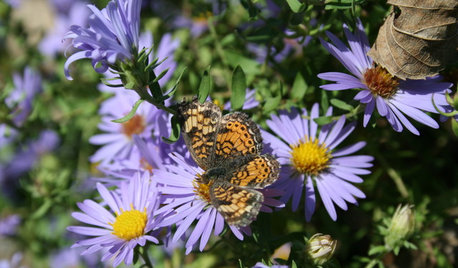

GARDENING GUIDESWe Bust 4 More Native Plant Myths
Have you been taken in by these fallacies about gardening with native plants?
Full Story
INSPIRING GARDENSNative Plants Bring 10 Southern California Front-Yard Gardens to Life
Rare plants, rain gardens and wildlife habitats are just a few of the features showcased on the 2016 Theodore Payne Native Plant Garden Tour
Full Story
GARDENING GUIDES9 Clay-Busting Native Flowers for Summer Sun
These plants survive and even thrive in tough clay soil east of the Rocky Mountains
Full Story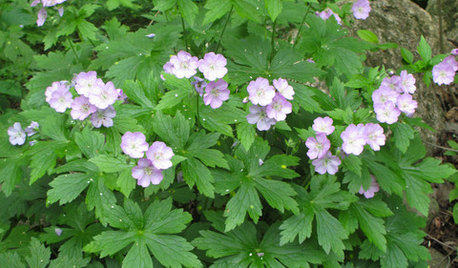
NATIVE PLANTS10 Essential Native Perennials for the Great Lakes and Upper Midwest
These adaptable native plants thrive in a variety of conditions and will provide flowers throughout the season
Full Story
LANDSCAPE DESIGNNative Plants Help You Find Your Garden Style
Imagine the garden of your dreams designed with plants indigenous to your region
Full StorySponsored






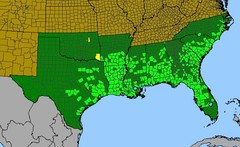


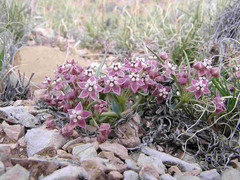
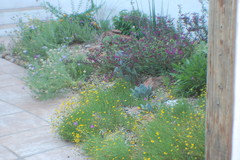
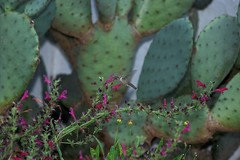
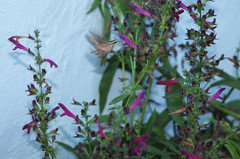
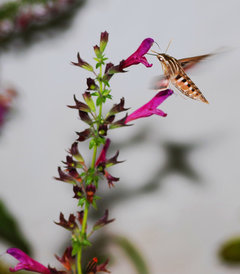
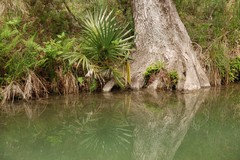
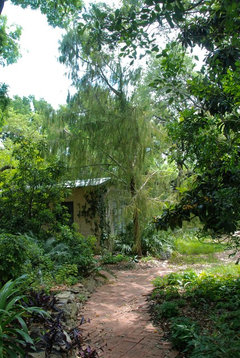
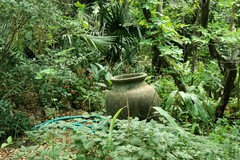

User